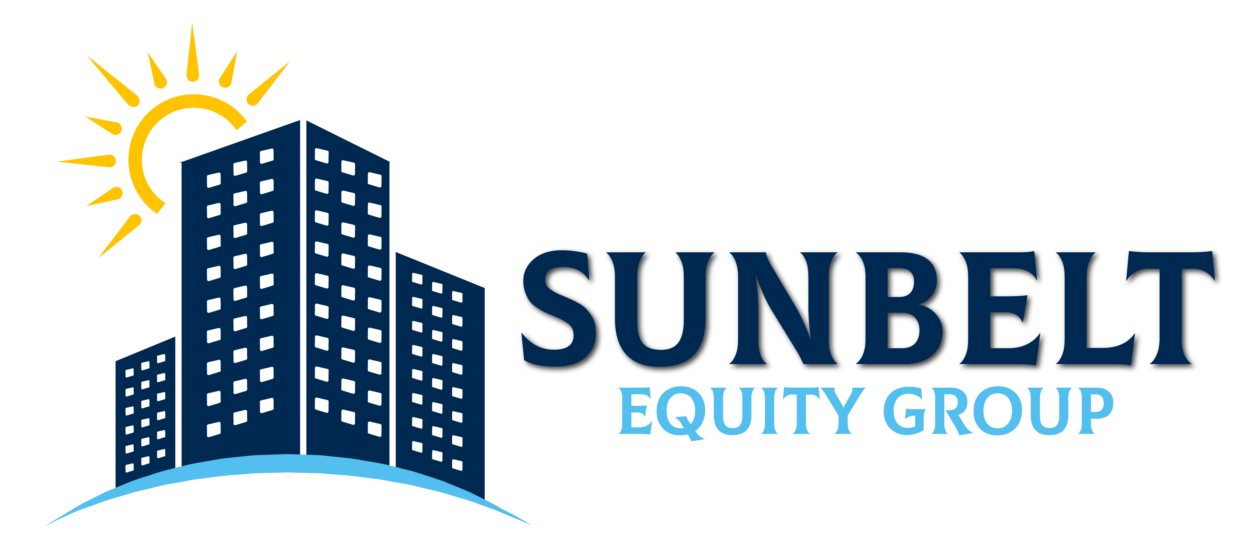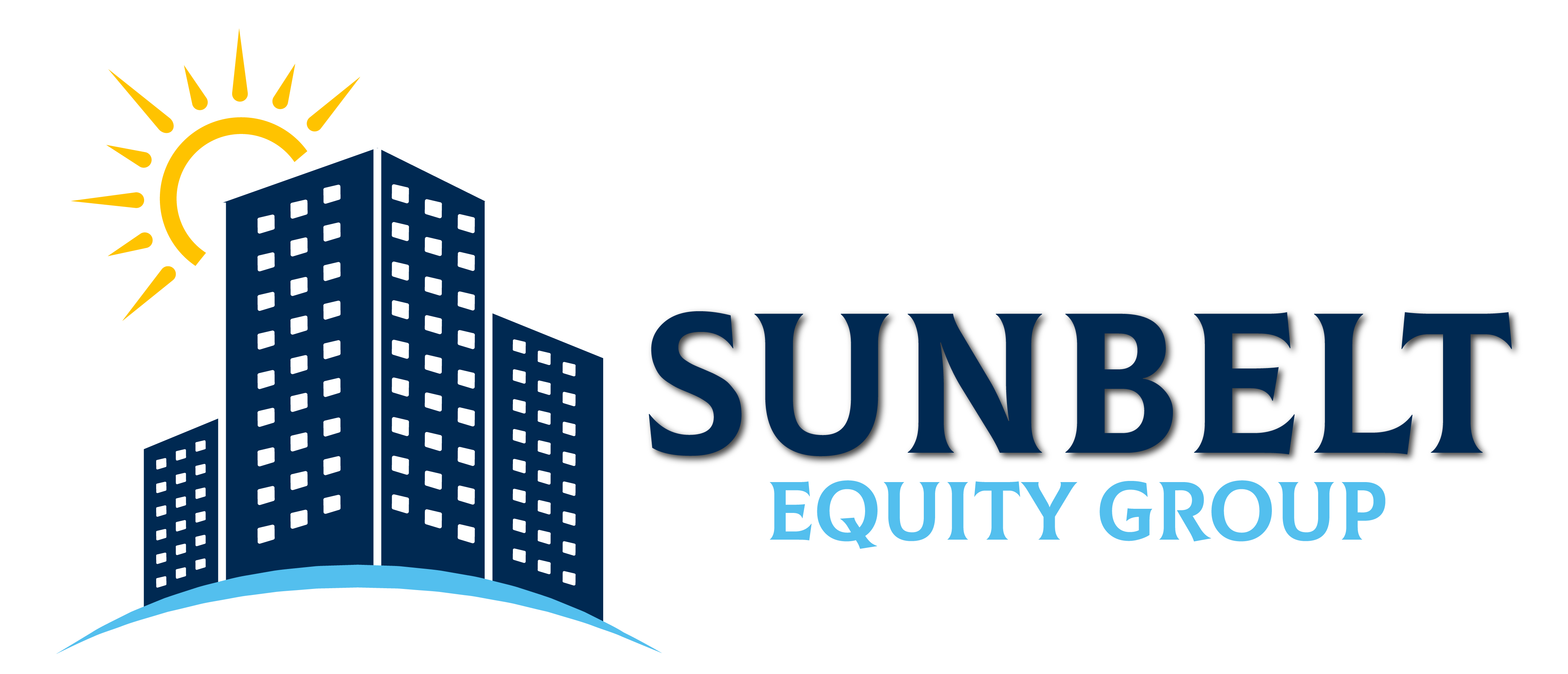The year 2023 has been challenging with lots of ups and downs throughout in terms of interest rates, inflation, and a lot more creating an impact on investors and multifamily as a whole. The year was a bit challenging in terms of the shifting landscape of the economy, but multifamily stood tall amid all the challenges. Today, let us dive deep into the aspects of the economy and study the impact of the recent changes in the economy on the multifamily market. As an investor, it is necessary to navigate these factors carefully to have a strategic approach.
Economic Landscape in 2023
The most recent data from the Bureau of Economic Analysis (BEA) reveals that the US economy is in a state of expansion, marked by a real Gross Domestic Product (GDP) growth of 2.1% in the second quarter of 2023, with an upward revision to 2.2% for the first quarter. A noteworthy shift occurred as personal consumption expenditures dropped from 3.8% in the first quarter to 0.8% in the second quarter, although this was offset by an increase in investment expenditures.
While inflation is expected to gradually moderate, policymakers will likely maintain higher rates for an extended period. Consequently, mortgage rates are anticipated to remain elevated. The unemployment rate is projected to remain low, and consumer spending is expected to stay robust. Nevertheless, the economic landscape of 2023 remains complex, influenced by various factors.
Impact on Multifamily Investments
Multifamily investments are impacted by various factors such as interest rates, inflation, housing demand, and more. As an investor, it is necessary to break down each one and study each in detail to make an informed decision.
Interest Rates and Inflation
Interest rates play a crucial role in determining borrowing costs for multifamily investors. Higher interest rates can increase borrowing costs, making it more expensive for investors to finance their properties. Though inflation rates have moderated somewhat in recent months, they remain elevated. This is particularly evident within the housing sector, with a noticeable increase in rent inflation. As a result, multifamily investors should look beyond the headline Consumer Price Index (CPI) numbers and examine more specific data points, such as rent inflation trends and market vacancy rates. This will provide them with valuable insights into how inflation affects the multifamily sector and how to adjust their investment portfolios accordingly.
Housing Demand
The demand for multifamily housing is influenced by various factors, including demographic shifts and economic conditions. As Per Freddie Mac, Millennials are not forming households at the same rate and age as Boomers and Gen Z. Had they done so, there would be an additional 3 million households in the U.S. now. However, with the rising rates, homeownership is a distant dream suggesting that the demand for multifamily housing will continue to rise in the coming years.
Moreover, the demand for multifamily housing was robust during much of 2022 but then dissipated or continued to slow during the second quarter of 2023, with average effective rents up 3.8% year-over-year, down from the skyrocketing pace of the last two years. It appears that demand has been negatively impacted by elevated mortgage rates and the overall national shortage of housing. Other factors like persistent inflation pressures, diminished savings levels of many households, and ongoing recession expectations also impacted the demand.
Technology and Multifamily
Technological advancements are transforming the multifamily sector, and property management software and smart home technologies are having a significant impact on tenant satisfaction and operational efficiency. Here are some ways in which technology is changing the multifamily sector:
Property management software
Property management software is becoming increasingly popular in the multifamily sector. It allows property managers to automate their day-to-day tasks, such as rent collection, maintenance requests, and lease renewals. This not only saves time but also reduces the risk of errors and improves operational efficiency. Property management software also provides real-time data and analytics, which can help property managers make informed decisions about their properties.
Smart home technologies
Smart home technologies are also becoming more prevalent in the multifamily sector. These technologies include smart thermostats, smart locks, and smart lighting, among others. They allow tenants to control various aspects of their homes remotely, such as temperature, lighting, and security. Smart home technologies can improve tenant satisfaction by providing greater convenience and control over their living environment. They can also help property managers save energy and reduce maintenance costs.
Conclusion
The year 2023 has brought about profound shifts in the economic landscape, and these changes have left an indelible mark on the multifamily market. As we’ve explored throughout this blog, economic volatility, interest rates, inflation, and housing demand all played pivotal roles in shaping the multifamily market. As we move forward, it is clear that adaptability and innovation will be key for investors to thrive in this dynamic environment. Keeping a finger on the pulse of economic changes and being responsive to the evolving needs of tenants will be essential for success in the multifamily market in the years to come. While challenges abound, so do opportunities, and with a strategic approach, the multifamily market can continue to provide stable and profitable investments in the ever-shifting economic landscape of 2023 and beyond.







